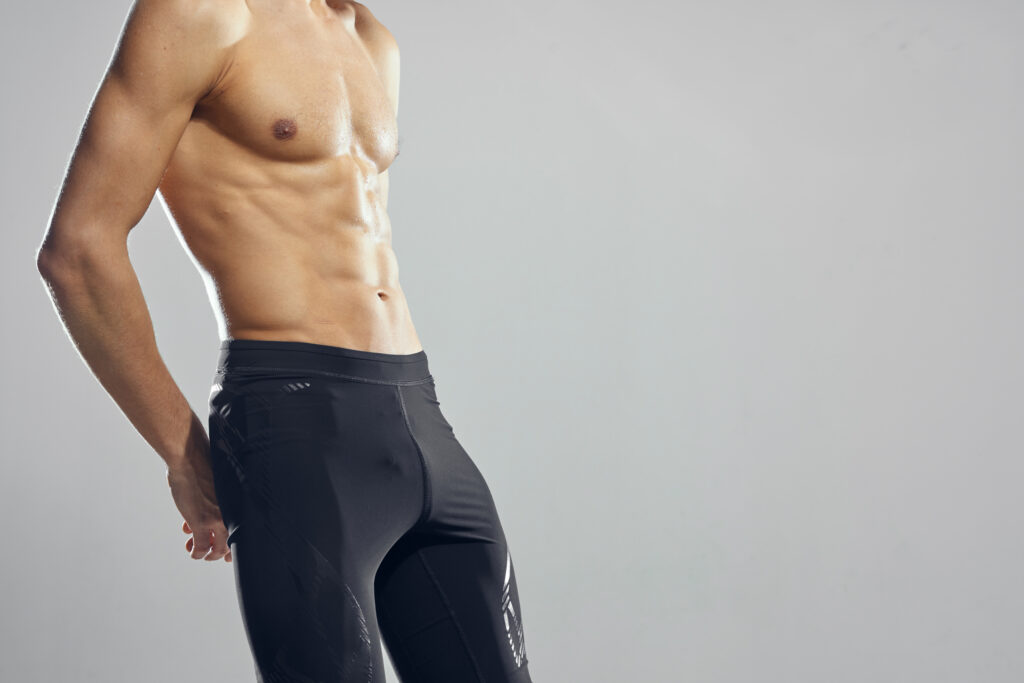Visible abdominal muscles, commonly referred to as “six pack abs”, are one of the most sought-after fitness goals for many individuals. The term “six pack” traditionally refers to the rectus abdominis muscle, which is a paired muscle that runs vertically on each side of the anterior wall of the abdomen. When well-defined and with low body fat, these muscles can give the appearance of six distinct sections or “packs”.
However, some individuals aim for or mention a “ten pack abs”. While it might sound impressive, it’s important to understand that anatomically speaking, the vast majority of people have the potential for a six pack due to the natural segmentation of the rectus abdominis. These segments are genetically determined, and the number of visible segments can vary among individuals. Some may display an eight-pack if their tendinous inscriptions (the lines that separate each “pack”) are more pronounced both above and below the traditional six-pack area.
The concept of “ten pack abs” is less common and can be a bit of a misnomer. While there can be additional muscular definition above and below the rectus abdominis, achieving ten distinct sections is very rare. Factors like genetics, muscle development, and overall body composition play a huge role in the appearance of one’s abdominal muscles.
For most people, the focus should be on achieving a strong and healthy core, rather than aiming for a specific number of visible segments. After all, the number of “packs” doesn’t necessarily equate to the overall health or strength of the core muscles. Reducing body fat through a combination of cardiovascular exercise, strength training, and a balanced diet is the key to revealing whatever definition is present in the abdominal region.
While the traditional six-pack is a common goal and an eight-pack is achievable for some, a ten-pack is quite rare and isn’t a standard measure of core strength or fitness. It’s crucial to approach fitness with a holistic view, emphasizing health, strength, and well-being over aesthetics alone.

